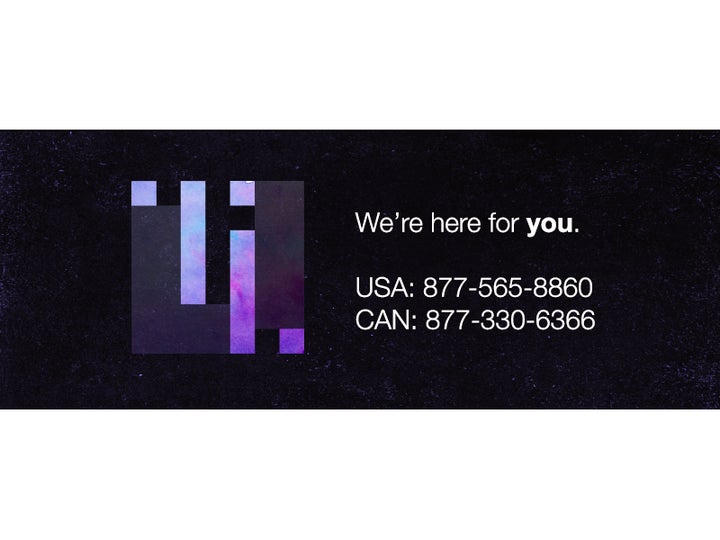
The National Transgender Discrimination Survey (NTDS) completed by the National Center for Transgender Equality and the National Gay and Lesbian Task Force, found that 41 percent of trans individuals surveyed had attempted suicide—the general population number at the time was 1.6 percent. A study by the Williams Institute analyzing the NTDS report found that suicide attempt rates were even higher for those between the ages of 18-24 (45 percent), those with a multiracial background (54 percent), those who are American Indian or native Alaskans (56 percent), those without a full high school education (48-49 percent), and those with an annual household income less than $10k (54 percent). The study also found the suicide attempt rate was higher among those who disclosed to everyone that they were trans or gender non-conforming (50 percent).
These numbers are catastrophically high; the disparity is simply devastating. While we certainly need to do everything we can to become a more accepting society, we also need more resources for the trans community right now. Thankfully, the transgender community has its own suicide hotline courtesy of Trans Lifeline.
US: (877) 565-8860 CANADA: (877) 330-6366
The line is staffed by transgender people and is entirely dedicated to the trans community.
It’s open every day for 18 hours:
Pacific time: 8am to 2am
Mountain time: 9 a.m. to 3 a.m.
Central time: 10 a.m. to 4 a.m.
Eastern time: 11 a.m. to 5 a.m.
Resources like these are vital.
While society has certainly evolved in terms of how we treat the LGBTQ+ community overall, the transgender community is still stigmatized and demonized all over the country and the world. This is why, as the aforementioned stats bear out, being publicly trans or gender non-conforming can be even more isolating than hiding. Imagine identifying with a gender that doesn’t align with your physical form, imagine reckoning with that realization in a society that can be judgmental, crude, hateful and helplessly stitched to binary ideas of gender. And then imagine somehow, in spite of it all, summoning the bravery to be yourself. This is something we should celebrate, not castigate.
Unfortunately, pleas for empathy and acceptance will not shift society overnight, so the trans community needs organizations like Trans Lifeline. Hopefully, this is one in the first in a new wave of resources aimed at helping trans folks.
Correction: It was originally reported that Trans Lifeline is a new service, but they have been in operation since 2014.
Previously published on The Overgrown.
FOLLOW:: @jmechanic LIKE:: @JesseIanMechanic
